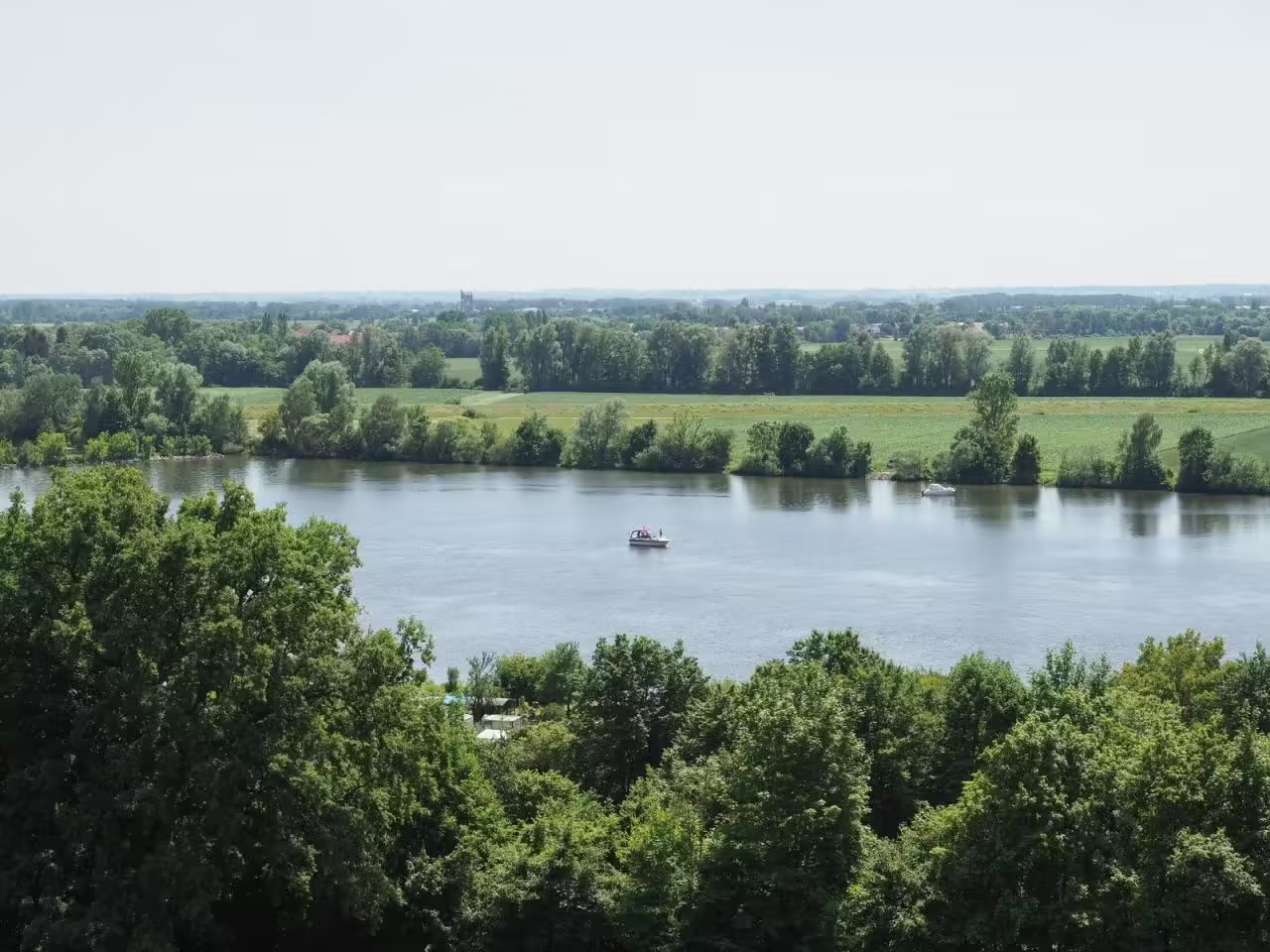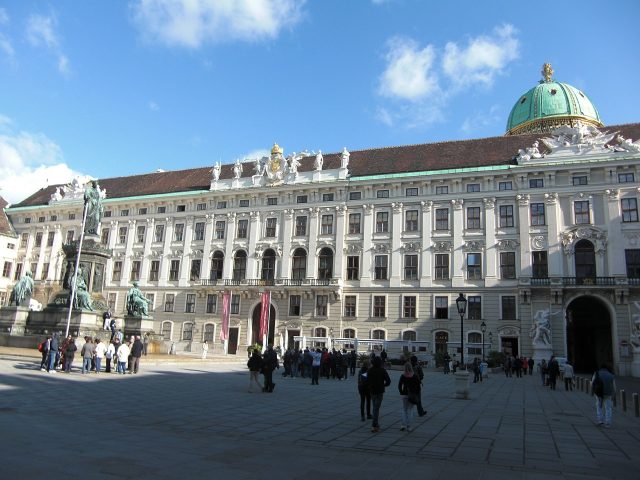Danube River
Address
Danube River
GPS
48.0262736, 17.2329293
The Danube River is one of the most significant rivers in Europe, renowned for its historical, cultural, and economic importance. Here are some detailed facts, figures, and interesting tidbits about the Danube River:
Facts and Figures
- Length:
- Approximately 2,860 kilometers (1,780 miles).
- Source:
- Originates in the Black Forest in Germany from the confluence of the Brigach and Breg rivers.
- Mouth:
- Flows into the Black Sea via the Danube Delta in Romania and Ukraine.
- Countries:
- Flows through or borders ten countries: Germany, Austria, Slovakia, Hungary, Croatia, Serbia, Bulgaria, Romania, Moldova, and Ukraine.
- Basin Area:
- Covers about 817,000 square kilometers (315,000 square miles).
- Major Cities Along the Danube:
- Vienna (Austria), Budapest (Hungary), Belgrade (Serbia), Bratislava (Slovakia), and Ruse (Bulgaria).
Interesting Facts
- Historical Significance:
- The Danube has been a vital waterway since ancient times, serving as a border for the Roman Empire and a major trade route throughout history.
- Cultural Importance:
- The river has inspired numerous works of art, literature, and music, most notably Johann Strauss II’s “The Blue Danube,” a famous waltz.
- Biodiversity:
- The Danube Delta is one of the most biodiverse regions in Europe, home to over 300 species of birds and numerous species of fish and other wildlife.
- Navigation:
- The river is a major transportation route, with extensive networks of locks and dams facilitating navigation for commercial shipping and tourism.
- UNESCO World Heritage Sites:
- The Danube River basin includes several UNESCO World Heritage Sites, such as the Wachau Valley in Austria and the Danube Delta.
- Bridges:
- Numerous iconic bridges span the Danube, including the Chain Bridge in Budapest, the New Europe Bridge connecting Bulgaria and Romania, and the Nový Most in Bratislava.
- Hydroelectric Power:
- The river hosts several major hydroelectric power plants, such as the Iron Gate dams between Serbia and Romania, which are among the largest in Europe.
- Environmental Challenges:
- The Danube faces environmental challenges, including pollution, habitat destruction, and the impact of damming on natural ecosystems.
Visitor Information
- Cruises:
- The Danube is a popular destination for river cruises, offering scenic views of cities, castles, and natural landscapes. Cruises often include stops in major cities and cultural excursions.
- Recreational Activities:
- Activities along the Danube include hiking, cycling (especially along the Danube Bike Trail), fishing, and bird-watching, particularly in the Danube Delta.
- Cultural Events:
- Various cultural festivals and events are held along the Danube, celebrating the rich heritage and traditions of the regions it flows through.
Economic Importance
- Trade and Transport:
- The Danube is a crucial waterway for transporting goods between Western and Eastern Europe, linking to the Rhine-Main-Danube Canal, which provides a navigable connection from the North Sea to the Black Sea.
- Tourism:
- Tourism along the Danube is a significant economic driver, with river cruises, historical tours, and natural excursions attracting millions of visitors each year.
- Agriculture and Fishing:
- The river supports agricultural activities and fishing industries, providing livelihoods for communities along its banks.
Conservation Efforts
- International Cooperation:
- The International Commission for the Protection of the Danube River (ICPDR) works to promote sustainable water management and protect the river’s ecosystem.
- Protected Areas:
- Numerous protected areas and national parks, such as the Danube-Auen National Park in Austria, aim to conserve the natural habitats and biodiversity of the Danube River basin.
Conclusion
The Danube River, with its rich history, cultural significance, and vital role in Europe’s ecology and economy, continues to be a source of inspiration and a lifeline for the communities along its banks.






